A custom home is fun to plan, particularly when deciding how to make it sustainable. Today’s average person desires a home with energy efficiency, not as a necessity, but as a long-term investment. With this complete guide to building an energy-efficient custom home, you can make your wildest environmentally-friendly home design dreams come alive.
1. Initial Planning
The first step toward an energy-efficient home is thorough planning, which involves working with an architect and custom home builders with sustainable home design experience. While working with them, you will develop a plan that includes the following:
Location
Selecting a site that maximizes natural light while minimizing heat loss is crucial in energy-efficient home design. A well-chosen location boosts the home’s aesthetic appeal. It also significantly reduces energy consumption by harnessing sunlight and limiting heat escape, leading to lower utility bills and a smaller carbon footprint.
Orientation
Positioning the home strategically to take full advantage of passive solar heating can be a game-changer in energy efficiency. By aligning the structure to face the sun during the day, homeowners can naturally regulate indoor temperatures throughout the year. Pointing the house South instead of North ensures each room stays temperate throughout the year without relying heavily on HVAC systems.
Layout
An open floor plan can significantly enhance natural airflow to promote a comfortable environment. An open layout makes a space feel bigger, and room connectivity reduces the need for artificial heating and cooling, as fresh air can circulate more freely.

2. Green Building Materials
Choosing materials suitable for your home build is critical for long-term sustainability. High-quality, sustainable options are better for the environment and tend to be more durable and energy-efficient. Some key materials to consider include:
Insulation
When evaluating your options, look for insulation materials with high R-values, which indicate the material’s effectiveness in resisting heat flow. Effective insulation keeps the home’s temperature balanced throughout the seasons, leading to significant energy savings and enhanced comfort year-round.
Windows
Consider installing energy-efficient ones with low-E coatings because they reduce heat transfer, stabilize indoor temperatures, and minimize energy costs. Additionally, double or triple-pane windows further enhance insulation by creating layers of air that function as barriers against temperature changes.
Roofing
Select reflective roofing materials that keep homes cold during warmer months. Reflective roofing materials absorb less heat, reducing the need for air conditioning. Also, ensure the materials you decide on reduce thermal stress over time.
6. Renewable Energy Sources
Incorporating renewable energy systems can significantly reduce a home’s carbon footprint. Homeowners should go to experts for advice on what energy sources to use. The two options below are good starting points!
Solar Panels
Technicians can install solar panels on rooftops or in designated areas to harness solar energy. These systems convert sun energy into electricity. The electricity the panels produce to power your home reduces your energy costs and leads to a more sustainable lifestyle. Solar systems come in many types and sizes, so finding an option that matches your needs and fits your space is easy.
Wind Turbines
Small-scale wind turbines can provide a clean energy source if the property is suitable. A wind turbine captures kinetic energy and changes it into electricity, which powers homes and reduces fossil fuel reliance. They are most effective in places with lots of wind, such as Lubbock, TX, or Oklahoma City, OK. They are a smart investment for eco-conscious property owners wanting to reduce their electricity bills.

10. Education and Maintenance
You must understand how to operate and maintain an energy-efficient home. Focus on teaching yourself these things or find someone who can handle the following tasks.
Operating Features and Systems
Ensure you understand your operational instructions and keep them on hand for assistance. The guides you collect should include step-by-step instructions, troubleshooting tips, and insights into maximizing efficiency and user experience.
Regular Maintenance Schedules
Outline which maintenance tasks are a priority and when to do them to prevent potential issues and extend each device’s lifespan.
Additional Considerations
Keep these additional considerations in mind when building your energy-efficient custom home:
Wildlife Cohabitation
Consider how to coexist with local wildlife if you are building near-natural habitats. Homeowners should:
Choose Native Landscaping
Landscaping with native plants supports the local ecosystem by providing local animals with familiar habitats and food. Compared to non-native plants, native plants don’t need much water or maintenance.
Native landscaping is ideal because the plants have adapted to the local climate and soil conditions, making them more pest- and disease-resistant, and you don’t need to rely on chemical treatments as much.
Implement Build Design Features
Be thoughtful in your design features to avoid intruding on the local fauna. Consider adding bird-friendly glass and wildlife corridors. These elements reduce avian collisions and give animals a safe passage to navigate the property without harm. Local wildlife thrives when their human neighbors aim to live respectfully beside them.
Future-Proofing Eco-Friendly Homes
Homeowners should do the following to ensure their custom home remains sustainable as environmental conditions change:
Incorporate Adaptable Design Features
Create flexible spaces and structures to make modifying your environment to accommodate changing needs over time easier. These designs make it easier to adapt to life changes—a growing family, a home office addition, or changing lifestyle preferences.
Rainwater Harvesting Systems
Homeowners can rely less on municipal water sources by harvesting rainwater. A professional must install a rainwater storage system to do this effectively in a custom home. Once it’s up and running, the roof pours accumulated water into a storage container. Once properly filtered and treated, use the water for irrigation, flushing toilets, or potable water. You should implement a rainwater harvesting system to enhance resilience against droughts and water shortages and reduce water runoff and erosion.
Smart Home Technology
Integrating smart home technology can further enhance a custom home’s energy efficiency and functionality. Homeowners should consider the following applications to create a more responsive and automated living environment:
Smart Thermostats
Installing smart thermostats can optimize heating and cooling usage by learning the occupants’ schedules and preferences. These devices allow homeowners to adjust temperatures remotely and receive insights on energy consumption, leading to more significant savings, and a reduced carbon footprint.
Home Energy Monitors
Utilizing home energy monitors provides real-time data on energy consumption patterns. Recording which appliances eat away at energy the most will help you make informed decisions about usage, leading to more conscious consumption and potential cost savings.
Conclusion
By following the steps outlined in this complete guide to building an energy-efficient custom home, homeowners can create a living space that is luxurious and adaptable to climate change. At Herrington Homes, we understand the importance of building eco-friendly homes that meet the evolving needs of our clients and the planet. Our team is ready to prepare a home-building plan for you that encompasses the best solutions for an eco-friendly home.
Contact us about our new home construction services and learn how we can build a custom, sustainable dream home that Mother Nature would approve of.





